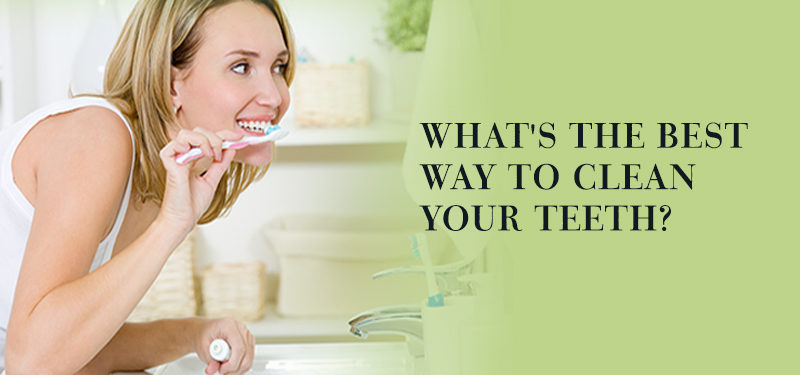
Mastering Oral Hygiene: Ultimate Guide to Cleaner Teeth
Maintaining proper oral hygiene is essential not only for a dazzling smile but also for overall health. From preventing cavities to warding off gum disease, the benefits of clean teeth extend far beyond mere aesthetics. In this comprehensive guide, we’ll delve into expert tips and techniques to help you master the art of teeth cleaning for a healthier, brighter smile.
Understanding the Importance of Dental Care
Before diving into the nitty-gritty of teeth cleaning techniques, it’s crucial to understand why dental care matters. Poor oral hygiene can lead to a host of dental problems, including tooth decay, gum disease, and bad breath. Additionally, emerging research suggests a link between oral health and systemic conditions such as heart disease and diabetes. By prioritizing dental care, you not only preserve your smile but also safeguard your overall well-being.
The Basics of Teeth Cleaning: Brushing and Flossing
At the cornerstone of any effective oral hygiene routine are brushing and flossing. Brushing twice a day with fluoride toothpaste helps remove plaque, a sticky film of bacteria that can cause cavities and gum disease. Remember to use a soft-bristled toothbrush and gentle, circular motions to clean all surfaces of your teeth. Flossing complements brushing by removing plaque and food particles from between teeth and along the gumline, where toothbrush bristles can’t reach.
Choosing the Right Tools for the Job
When it comes to oral hygiene, not all tools are created equal. Selecting the right toothbrush, toothpaste, and dental floss can make a significant difference in your cleaning efficacy. Opt for a toothbrush with soft bristles and a head small enough to reach all areas of your mouth comfortably. Fluoride toothpaste is essential for strengthening enamel and preventing tooth decay. As for floss, choose one that glides easily between teeth without shredding.
Mastering Proper Brushing Technique
While brushing seems straightforward, many people overlook proper technique. To maximize plaque removal and protect your enamel, hold your toothbrush at a 45-degree angle to your gums and use short, gentle strokes. Be sure to brush all surfaces of your teeth, including the fronts, backs, and chewing surfaces. Don’t forget to brush your tongue and the roof of your mouth to eliminate bacteria and freshen your breath.
Unlocking the Power of Flossing
Flossing is an integral part of any teeth cleaning regimen, yet it’s often neglected. To floss like a pro, use about 18 inches of dental floss and wind most of it around your middle fingers, leaving an inch or two to work with. Gently slide the floss between your teeth using a back-and-forth motion, making sure to curve it around each tooth in a C shape to clean beneath the gumline. Repeat this process for each tooth, using a fresh section of floss each time.
Enhancing Your Routine with Mouthwash and Other Products
In addition to brushing and flossing, incorporating mouthwash and other oral care products can further boost your dental hygiene efforts. Antimicrobial mouthwashes help kill bacteria that cause bad breath and gum disease, while fluoride rinses strengthen enamel and prevent cavities. Other products, such as interdental brushes and tongue scrapers, can also aid in plaque removal and freshening breath. Consult with your dentist to determine which products are best suited to your needs.
Visiting Your Dentist Regularly for Professional Cleanings
Despite our best efforts at home, professional dental cleanings are essential for maintaining optimal oral health. Your dentist or dental hygienist can remove stubborn plaque and tartar buildup that brushing and flossing alone can’t eliminate. Regular dental checkups also allow your dentist to detect and treat any dental issues early on, preventing them from progressing into more serious problems. Aim to schedule a dental cleaning and checkup at least twice a year, or as recommended by your dentist. Read more about best way to clean teeth
